Discover wonderful folklore from Japan with these Japanese folk tales for kids to read! Includes wonderful traditions and cultures to learn about.
My introduction to Japanese folk tales was through a beautifully illustrated copy of Momotaro. In this book, Momotaro wears the traditional samurai armor and it was a glimpse into my Japanese ancestry.
I’ve since sought out Japanese folk tales to read to my kids, searching in Japanese markets and bookstores when I am visiting family in California. About half of these books are from my collection. The rest I researched and found in my public library. Since there are 21 books, I’ve broken them down:
- Japanese Folk Tales About Friendship
- Momotaro (Peach Boy)
- Japanese Crane Folk tales
- Japanese Joke Tales
- Japanese Folk Tales with Surprise Endings
What Japanese folk tales are you familiar with? Can you add to this list? Thanks so much!
p.s. More Asian folk tales:
24 Wonderful Chinese Folk Tales for Kids
15 Great Korean Folk Tales for Kids
Native American Folklore and Creation Stories by Native Americans
Hawaiian Folk Tales and Children’s Books
21 Japanese Folk Tales for Kids
Both these stories are about Buddhist priests and a special friendship with a rescued animal.
Japanese Folk Tales About Friendship
Tanuki’s Gift: A Japanese Tale by Tim Myers, illustrated by R. G. Roth
A tanuki is a small badger-like animal like a raccoon-dog. It’s an actual animal in Japan, but it has also taken on mythological qualities as a shapeshifter trickster. This story is based on A. B. Mitford’s 19th century Tales of Old Japan which he derived from a pamphlet that appeared as early as 1688.
 Tanuki, from Mother Nature Network
Tanuki, from Mother Nature Network
This is a lovely story of friendship and sacrifice. A Buddhist priest spends all of his days praying in his little hut. The poor people bring him food and clothing so he doesn’t have to worry about worldly things. One day, a tanuki asks for shelter during a bitterly cold night, and they become friends.
For ten years, the tanuki came every night during the winter. Finally, the tanuki asks the priest for a way to repay him for his kindness. The priest admits he longs for three gold coins to pay for prayers so that he might enter Paradise when he dies.
The tanuki then disappears for a long time and the priest mourns his departure. Finally, the tanuki returns, having spent this time collecting gold ore and smelting it. The priest is overjoyed because the gift of friendship is what he realized he wanted all along. [picture book, ages 4 and up]
I am Tama, Lucky Cat: A Japanese Legend by Wendy Henrichs, illustrated by Yoshiko Jaeggi
The story probably originated during the Edo period, which was from 1603 to 1868. It is believed that Lord Naotaka li was the daimyō, a Japanese feudal warlord, in this story.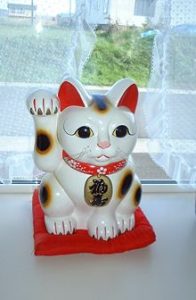
The Maneki Neko is commonly in Japanese stores and restaurants as a symbol of good luck. This is the story of why it is so popular.
Long ago in Japan, a cat found shelter in a rundown Buddhist temple. The priest welcomed the cat and shared the meager food he had. He hoped to improve the lives of the villagers who worshipped there but they were as poor as he was.
One day, the cat, named Tama, the Lucky Cat, by the priest, welcomed a warlord from under the shelter of a cherry tree just before it was struck by lightning. In thanks for saving him and his horse, the wealthy daimyō honored the temple with his patronage. [folk tale picture book, ages 4 and up]
The Tale of the Lucky Cat by Sunny Seki
The waving cat at Japanese restaurants and stores might be familiar but perhaps this Japanese folk tale of how the Maneki Neko (The Cat That Invites Good Luck) is new to you. It’s new to me and I’m half-Japanese!
Long ago in Japan, a kind but poor toymaker named Tokuzo traveled from village to village to sell his toys. He happened to see a cat running from a dog who ended up in a terrible accident.
Tokuzo took the cat home and nursed it carefully but the cat died. He carefully buried the cat, said his goodbye, and went on his way. A storm started, and Tokuzo took shelter under a tree. Suddenly he saw a waving cat that looked exactly like the cat he rescued. Puzzled, he went to the cat.
An instant later, lightning struck the very tree he stood under. Was this the very same cat who had died?
He told many people about this mysterious cat and ended up asking a wise old man, a master craftsman for advice. Tokuzo decides to create a statue of the cat to share his good luck. The statue, made of clay, ends up being a waving cat, very much like the ones you see today!
This story reminds us that all acts of kindness matter. Bilingual Japanese folk tale in Japanese and English! [Picture book, for ages 4 and up.]
The Last Kappa of Old Japan: A Magical Journey of Two Friends by Sunny Seki
While this is not a traditional Japanese folk story, it draws on Japanese folklore and includes an environmental message. [picture book, ages 4 and up]
A Japanese Fairy Tale by Jame Hori Ike and Baruch Zimmerman, illustrated by Jane Jori Ike
This folk tale is new to me and I really liked it. The book I checked out from the library is an illustrated picture book with a cover, but this is the only version I could find on Amazon.
A beautiful princess named Kyoko is married to a hideous man, a hunchback with a face distorted by warts. They are an unusual pair with an unusual story. He was her tutor and won her over with his kindness but there’s much more to that.
When he was born and it was revealed by angels who his wife-to-be was, he was able to learn that his future wife was disfigured and grotesque. Defying the gods, he begged them for a request. And the outcome came true. [folk tale picture book, ages 4 and up]
Momotaro
Momotaro or Peach Boy is perhaps the most famous of Japanese Folk Tales. It’s the first one that I read as a child with a beautifully illustrated version. In this story, an old woodcutter and his wife are blessed with a child that emerges from a large peach floating in a stream.
He grows up strong and brave and sets off to conquer the monsters on an island that terrorizes the villagers. His parents pack him millet dumplings as travel food, and he recruits animals — a dog, a pheasant, and a monkey — to help him with his cause because of this tasty delicacy.
Momotaro is one of the best-loved stories of the Edo period.
* rice was reserved for the wealthy while the working poor ate millet during the time of feudal Japan.
Momotaro: Peach Boy by George Suyeoka
This is the picture book that I grew up with so I’m partial to it. The illustrations are beautiful and the story keeps to the traditional original. [folk tale picture book, ages 6 and up]
Tasty Baby Belly Buttons by Judy Sierra, illustrated by Meilo So
In this retelling, the fruit is a melon instead of a peach, and a girl emerges instead of a boy. She’s also a fierce warrior, trained by her father. This story is based on the version from the Shimane prefecture of Uriko-hime, the melon princess.
Peach Girl by Raymond Nakamura, illustrated by Rebecca Bender
In this version, the peach shows up at the old couple’s doorstep and the rest of the story has a contemporary twist. The peach girl, Momoko, sets off with peach dumplings and the peach pit for a helmet and shield. She also recruits animals to help her.
When they reach the ogre’s island, he turns out to be a friendly host who loves peach dumplings. [folk tale picture book, ages 4 and up]
The Adventures of Momotaro: The Peach Boy retold by Ralph F. McCarthy, illustrated by Ioe Saito
This is a bilingual Japanese/English version. It stays true to the story but is told in rhyme. The story is a little lacking because of the limitations of rhyming. [bilingual folk tale picture book, ages 4 and up]
Momotaro: The Peach Boy retold and illustrated by Linda Shute
In this version, Momotaro doesn’t have the samurai armor like some of the other books, but the rest of the story is similar to Momotaro: Peach Boy by George Suyeoka. Even the oni, the ogres, look similar! [folk tale picture book, ages 4 and up]
Momotaro and the Island of Ogres retold by Stephanie Wada, illustrated by Kano Naganogu
This is the traditional story of Momotaro illustrated with paintings by Japanese artist Kano Naganogu who lived from 1775 to 1828. These images were created with ink, colors, and gold on silk on a pair of handscrolls. Naganogu was also known as Eishin and Isen’in. [advanced folk tale picture book, ages 8 and up]
The Moon Princess retold by Ralph F. McCarthy, illustrated by Kancho Oda
A bilingual Japanese/English folk tale told in rhyme about a mysterious princess that a woodcutter finds in the hollow of a piece of bamboo he cuts down. She grows faster than a human child and is so beautiful that suitors from across the country vie for her hand in marriage.
She holds them off with impossible tasks until it is time for her to return to where she is from … a world far away in the sky. [bilingual folk tale picture book, ages 8 and up]
Japanese Crane Folk Tales
The Crane Wife is a beloved folk tale in Japan. I have two picture versions here.
The Crane Wife retold by Sumiko Yagawa, translated by Katherine Paterson, illustrated by Suekichi Akaba
This first one tells the story of a crane who is rescued by a poor young peasant named Yohei. He tenderly fixes the crane’s injured wing. Late that night, a beautiful young woman comes to his door and ask to become his wife.
They are very poor and she suggests that if he doesn’t watch her work, she will weave cloth for him to sell. The cloth is exquisite and fetches them enough money to live comfortably for a long time. When the money runs out, she weaves cloth again, getting thinner and more wan than the last time.
Yohei is convinced by a neighbor to get rich by selling more of her wares at the capital. Sadly, the wife agrees, and this time Yohei spies on her, discovering her secret. In this way, he loses his wife forever. [picture book, ages 6 and up]
The Crane Girl adapted by Curtis Manley, illustrated by Lin Wang
The deviation from this story to The Crane Wife is in this story, there is a young man who rescues a crane from a trap. A girl shows up at the doorstep and the boy’s father allows her to stay. The boy, Yasuhiro, and the girl, Hiroko, become friends. To help the family, she offers to weave silk to sell.
The father gets lazy and greedy after selling her fabric. Now, in this story, when Hiroko flies away, Yasuhiro is able to with her. The illustrations are lovely in this book and the story includes haiku poems that add details to the story. [folk tale picture book, ages 6 and up]
Joke houses (yose) in Japan are like Comedy Clubs here. The joke tales, called rakugo, refer to dropped words or punch lines.
Japanese Joke Tales
Under the Cherry Blossom Tree: An Old Japanese Tale retold by Allen Say
A horrible miser lived in a small village in Japan. He was a landlord who owned all the land and houses in the valley and raised rents until the villagers were destitute. Still, the people enjoyed the beauty of spring. The landlord sat under a cherry tree and accidentally swallowed a cherry pit.
Soon a tree grew out of his head. When he ripped the tree off, his head filled with water and fish. When he chased the boys fishing in his head, he tripped and fell. What was left of him became a lovely pond in the valley. I’m not actually sure what the joke is in this story. [folk tale picture book, ages 8 and up]
Japanese Folk Tales With Surprise Endings
Three Samurai Cats: A Story from Japan retold by Eric A. Kimmel, illustrated by Mordicai Gerstein
When a rat invades the castle, the daimyō dog brings in samurai cats from a distant shrine. The first cat is unsuccessful. The second one is twice as tall but is defeated. The third cat is the greatest living master of martial arts. When he shows up, the daimyō is surprised. Neko Roshi is decrepit and ragged.
He spends most of his time sleeping. Weeks go by and the rat rules the castle. The daimyō is furious. But then, it happens. Neko Roshi finds the rat in a sticky bind and allows his opponent to defeat himself. This is a lesson in Zen martial arts.
This is a fun and funny folk tale originating from Kenji Sora’s The Swordsman and the Cat.[folk tale picture book, ages 4 and up]
Yuko-Chan and the Daruma Doll: The Adventures of a Blind Japanese Girl Who Saves Her Village by Sunny Seki
Daruma dolls are seen as a symbol of perseverance and good luck, making them a popular gift of encouragement. When purchased, the figure’s eyes are both blank and white. A user will then select a goal or wish and paint in one of the figure’s two eyes. Once the desired goal is achieved, the second eye is filled in.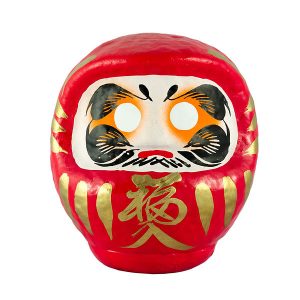
Yuko-chan is an orphaned blind girl with a warm and gentle personality. She lived at the Daruma Temple in the village of Takasaki. An active volcano in the area erupted, damaging the crops. In these difficult times, the villagers needed to find a new way to earn money.
She comes up with the idea of creating Daruma dolls that, like roll over, but always stand upright due to a weight at the bottom. It was a way to illustrate the Buddhist teaching: if you fall down seven times, you should get up eight times.
Today, the Daruma dolls of Takasaki are the most famous in all of Japan. [bilingual Japanese/English picture book, ages 6 and up]
TabiEats visits Daruma Temple at 6:41 in this video:
Gon, the Little Fox by Nankichi Niimi, illustrated by Genjirou Mita
In this retelling of a popular folk tale, a little fox causes mischief for a farmer by dumping out the fish that were caught. He has a moment of remorse for what he’s done and tries to make amends but it goes awry.
Finally, when he sneaks back to deliver chestnuts to the farmer so that the farmer would realize it wasn’t the gods giving him the gift, he gets caught and shot dead. This is not a happy ending at all but folk tales are like that. [folk tale picture book, ages 8 and up]
Inch High Samurai Japanese Folk Tales
Issun Boshi, The Inchling retold by Momoko Ishii, translated by Yone Mizuta, illustrated by Fuku Akino
An old couple is blessed with a child, a miracle! This baby is no bigger than their thumb but strong and brave. As he grows older, he decides to try his fortune at the Capital.
His parents sadly agree, giving him a lacquered bowl for a hat (which doubles as a boat), a chopstick for a walking stick, a needle for a sword, and a bit of straw for the sheath. He ends up hired by a lord to take care of his daughter, and they become good friends.
One day, when Inchling accompanies the princess to visit a temple, they are attacked by demons. He defeats them with his needle sword, gaining a magical mallet from his victory. It grants him a wish, which is to be the size of other men. They return home and are soon married. [folk tale, ages 6 and up]
The Inch-High Samurai retold by Frank F. McCarthy, illustrated by Shiro Kasamatsu
This is a bilingual Japanese/English rhyming version. I do love the illustrations in this book that reference traditional Japanese ukiyo-e paintings. [folk tale picture book, ages 6 and up]
Grandmother Thorn by Katey Howes, illustrated by Rebecca Hahn
An elderly Japanese woman likes to control nature in her garden. When her kind friend sends her berries, one ends up sprouting in her garden. She battles it in her garden but isn’t able to eradicate it. When her health declines, she convalesces at her niece’s.
Upon her return to her house, she is greeted by a wonderful surprise and learns the value of letting nature take its course. This is a lovely picture book that has the feel of a folk tale. The illustrations manage to convey both timelessness and modernity in old Japan. [picture book folk tale, ages 4 and up]
Collections of Japanese Folk tales
Japanese Children’s Favorite Stories and More Japanese Children’s Favorite Stories by Florence Sakade, illustrated by Yoshio Hayashi
You will recognize many of these stories from the books above, plus read new ones in these two collections of Japanese folk tales. [Japanese folk tale collections, ages 8 and up]
Japanese Fairy Tales compiled by Yei Theodora Ozaki
A collection of traditional Japanese fairy tales including:
- My Lord Bag of Rice, The Tongue-Cut Sparrow
- The Story of Urashima Taro
- The Fisher Lad
- The Farmer and the Badger
- The Shinansha or the South Pointing Carriage
- The Adventures of Kintaro
- The Golden Boy
- The Story of Princess Hase
- A Story of Old Japan
- The Story of the Man Who Did Not Wish to Die
- The Bamboo Cutter and The Moon Child
- The Mirror of Matsuyama A Story of Old Japan
- The Goblin of Adachigahara
- The Sagacious Monkey and The Boar
- The Happy Hunter and The Skillful Fisher
- The Story of the Old Man Who Made Withered Trees to Flower
- The Jelly Fish and The Monkey
- The Quarrel of the Monkey and The Crab
- The White Hare and The Crocodiles
- The Story of Prince Yamato Take
- Momotaro The Story of The Son of A Peach
- The Ogre of Rashomon
- How an Old Man Lost His Wen
- The Stones of Five Colors and The Empress Jokwa
- An Old Chinese Story. [fairy tales, ages 8 and up]
To examine any book more closely at Amazon, please click on image of book.
As an Amazon Associate, I earn from qualifying purchases.
Follow PragmaticMom’s board Multicultural Books for Kids on Pinterest.
Follow PragmaticMom’s board Children’s Book Activities on Pinterest.
My books:
Amazon / Signed or Inscribed by Me
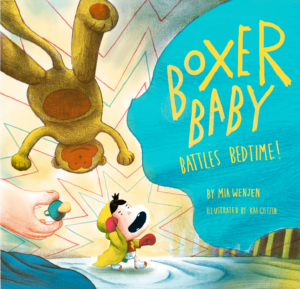 Amazon / Signed or Inscribed by Me
Amazon / Signed or Inscribed by Me
Food for the Future: Sustainable Farms Around the World
- Junior Library Guild Gold selection
- Selected as one of 100 Outstanding Picture Books of 2023 by dPICTUS and featured at the Bologna Children’s Book Fair
- Starred review from School Library Journal
- Chicago Library’s Best of the Best
- 2023 INDIES Book of the Year Awards Finalist
- Green Earth Book Award longlist
- Imagination Soup’s 35 Best Nonfiction Books of 2023 for Kids
Amazon / Barefoot Books / Signed or Inscribed by Me

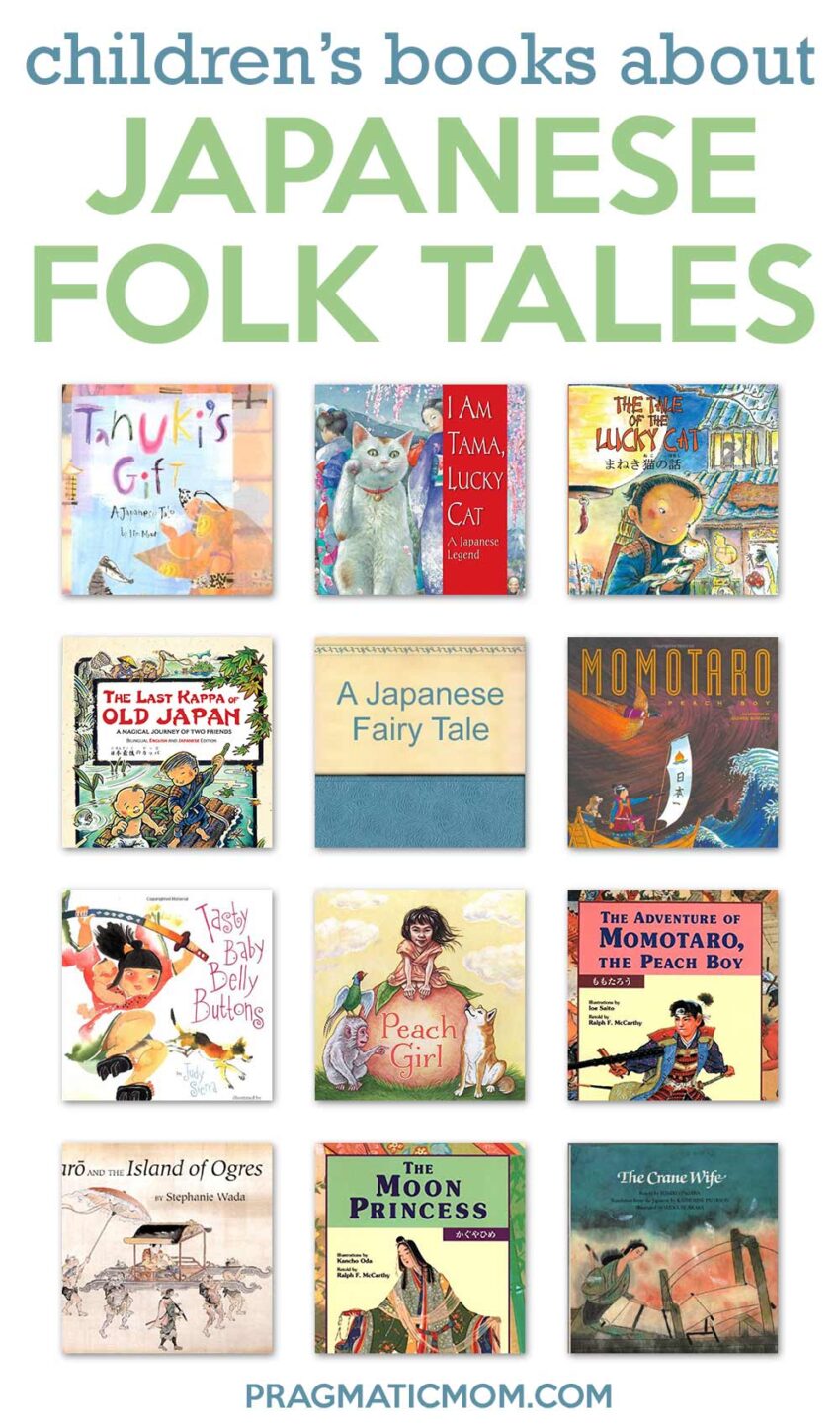
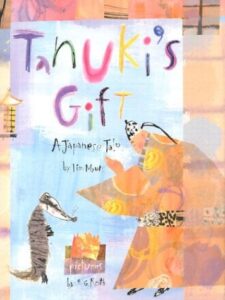
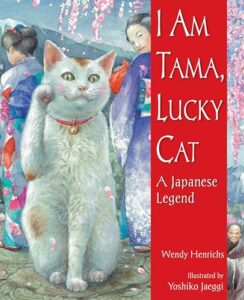
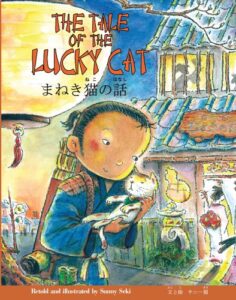
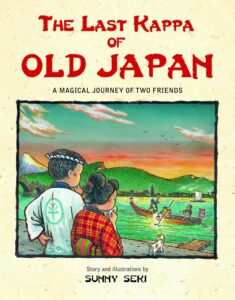
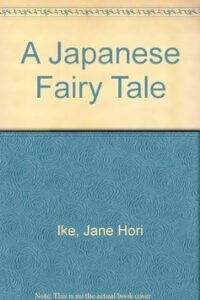
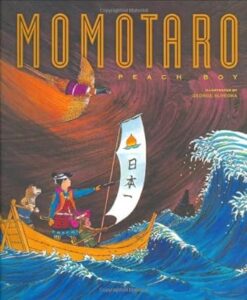
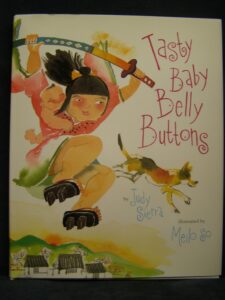
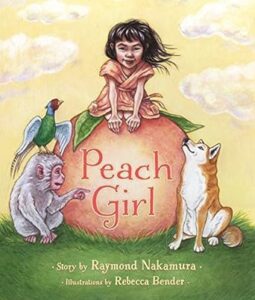
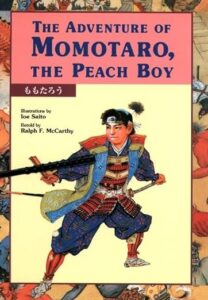
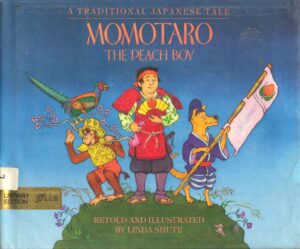
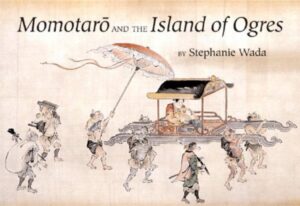
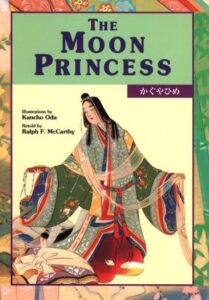
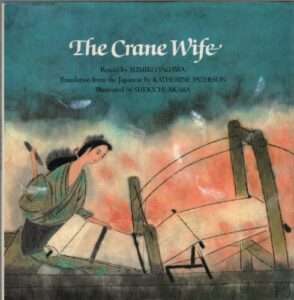
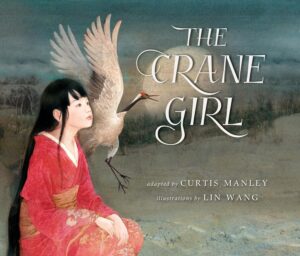
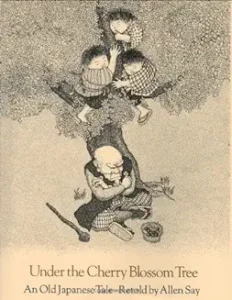
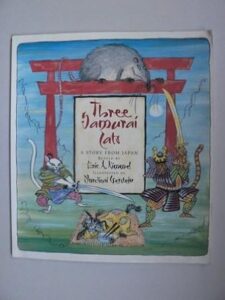
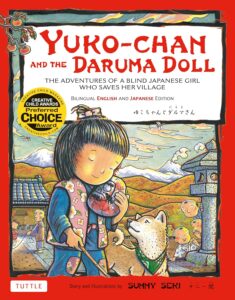
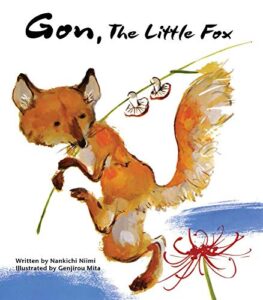
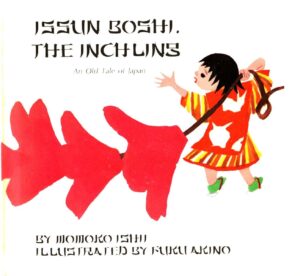
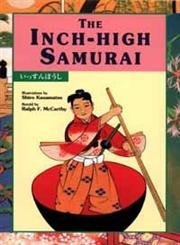
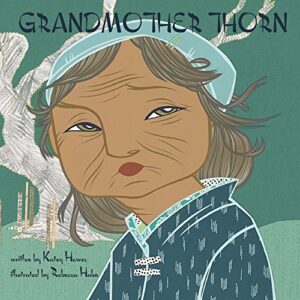
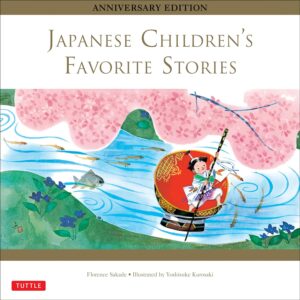
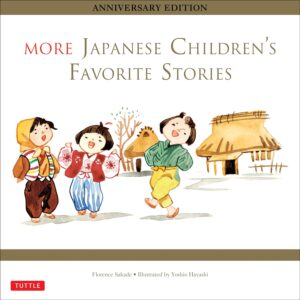
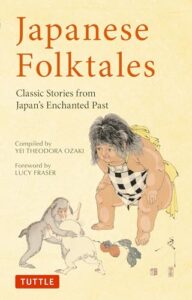
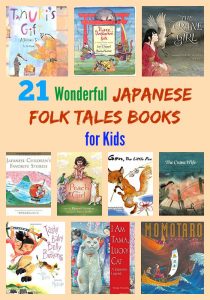



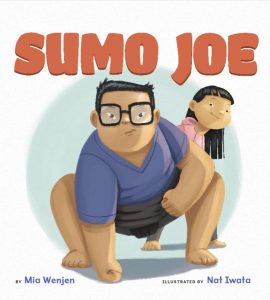

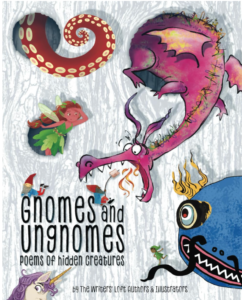



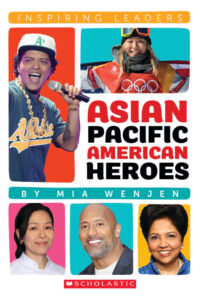

I so want to read Tama Lucky Cat. 🙂 Thank you for another great list!
Thanks so much Xyra!
Thanks for the recs, Mia! Of these I’ve only read The Crane Girl. Such stunning illustrations!
Hi Maria,
The Crane Girl is such a beautiful book!
The cat story might be okay with my kiddos, I guess. They’re really fond of cats. 🙂
Thanks, anyways.
Hi Stephany! Cats have wide appeal!
Great list (and collections). Tasty Baby Belly Buttons was always a favorite among my third graders! #readyourworld
That’s a cute one!
We have several but not all of these books, so this will help us choose more. Thank you for all the time you spend creating these lists! Sharing!
Thanks so much for your support Carolyn!